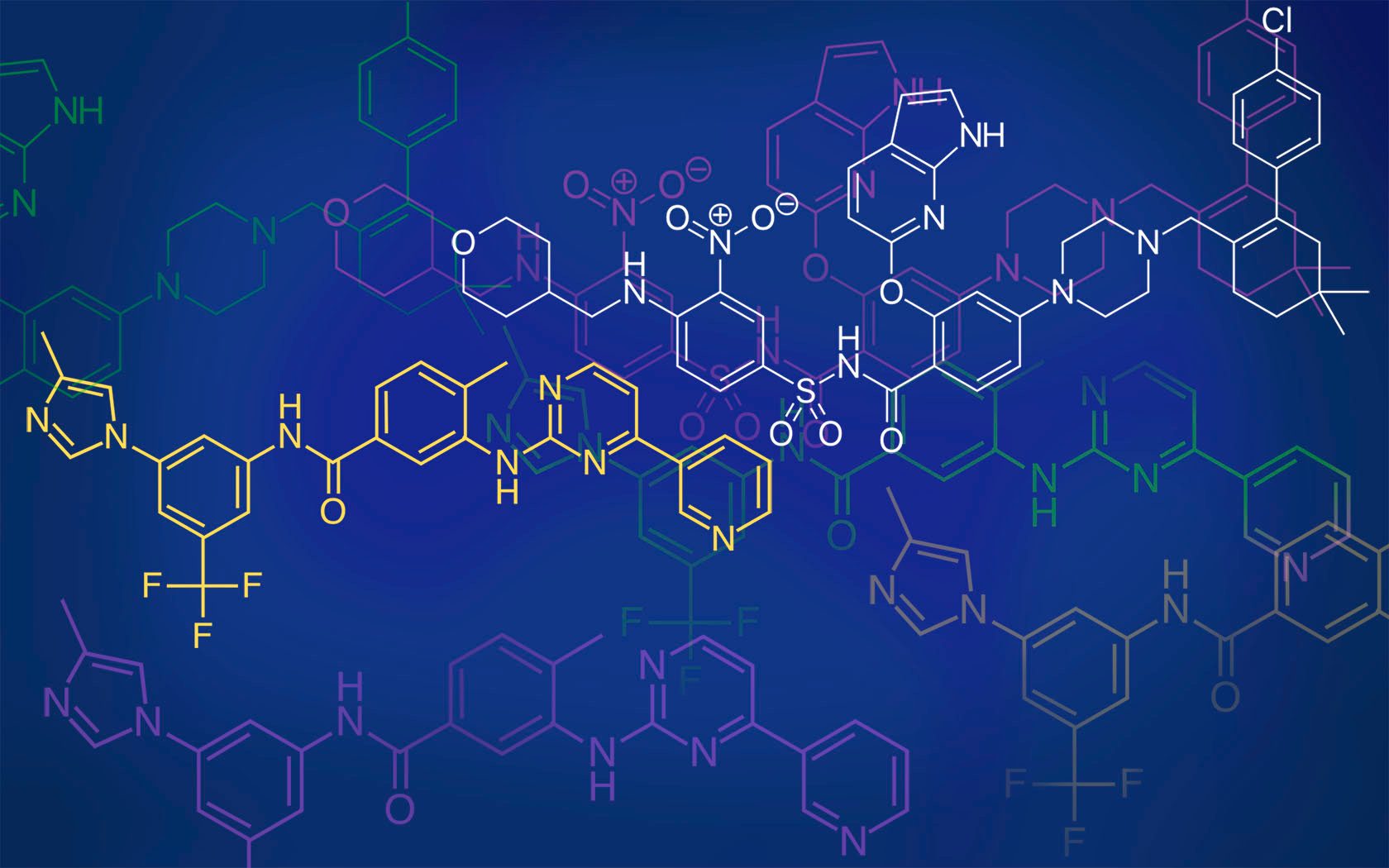Combination therapy shows promise for chronic myeloid leukemia
BY Ron Gilmore
October 11, 2016
Medically Reviewed | Last reviewed by an MD Anderson Cancer Center medical professional on October 11, 2016

A study in mice combining two inhibitor drugs for treatment of chronic myeloid leukemia (CML) has revealed potential for stopping the disease completely and significantly lowering treatment cost. CML is a cancer of the white blood cells and accounts for 20% of adult leukemia.The study’s researchers combined two drugs that inhibit the BCR-ABL gene, which is found in most patients with CML.
The gene is a “hybrid” that forms when pieces of chromosomes 9 and 22 break off and trade places. The ABL gene from chromosome 9 joins to the BCR gene on chromosome 22, to form the BCR-ABL fusion gene. The changed chromosome 22 with the fusion gene on it is called the Philadelphia chromosome.
After combing two drugs – a BCR-ABL tyrosine kinase inhibitor (TKI), with another inhibitor drug known as venetoclax – researchers observed encouraging response-and-cure rates for both the chronic phase of the disease and its fatal end-stage phase called blast crisis. BCR-ABL inhibitors are the current standard-of-care treatment allowing most patients to remain in remission, but they do not entirely eradicate the cancer cells. In some patients, the cancer returns in a form that is untreatable. About 100,000 patients in the U.S. are kept on life-long TKI therapy at a cost of $100,000 annually, a treatment that is unaffordable for many patients.
“Our results demonstrate that this study in mice employing combined blockade of BCL-2 and BCR-ABL has the potential for curing CML and significantly improving outcomes for patients with blast crisis, and, as such, warrants clinical testing,” said Michael Andreeff, M.D., professor of Leukemia and a co-leader of the study. “This combination strategy may also apply to other malignancies that depend on kinase signaling for progression and maintenance.”
Read more in MD Anderson’s Newsroom.
